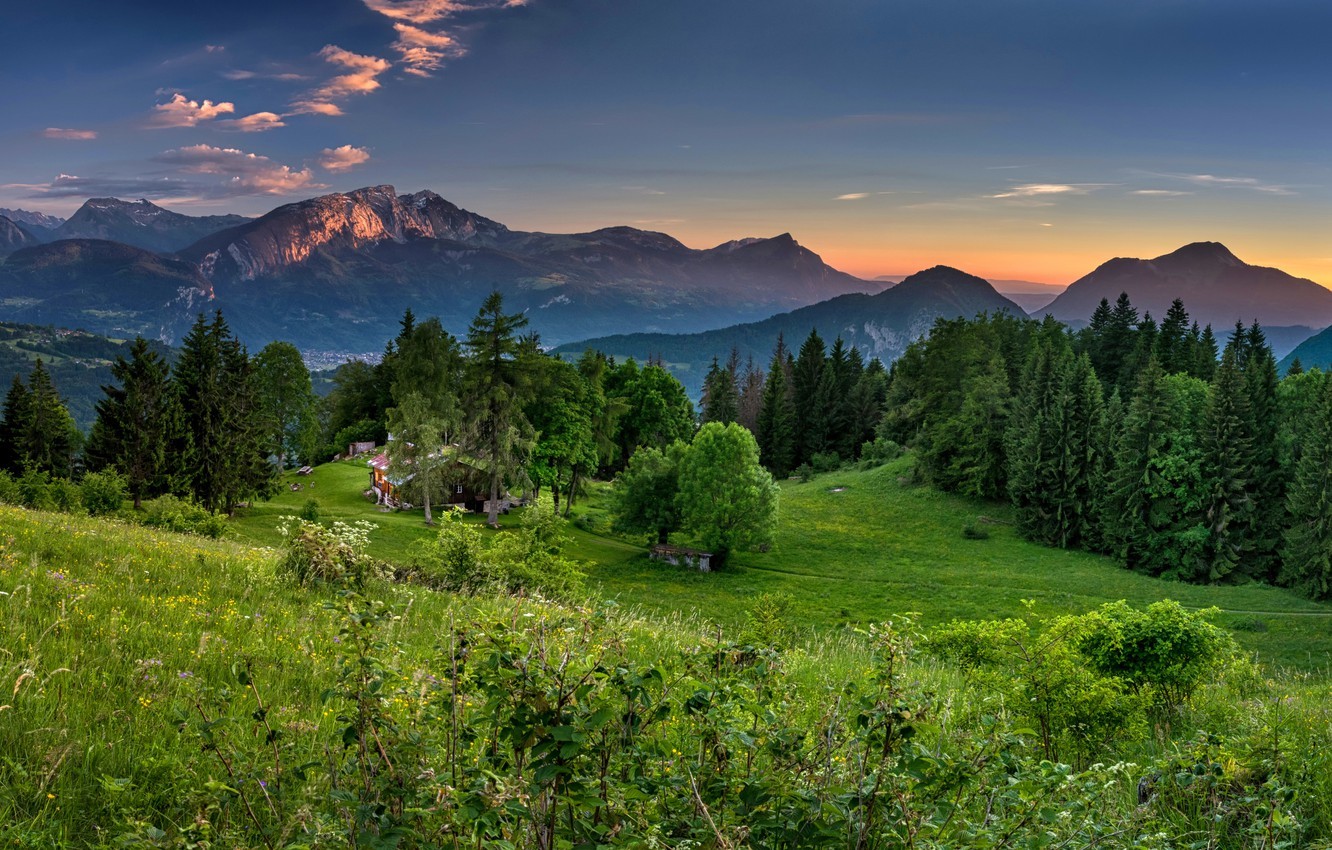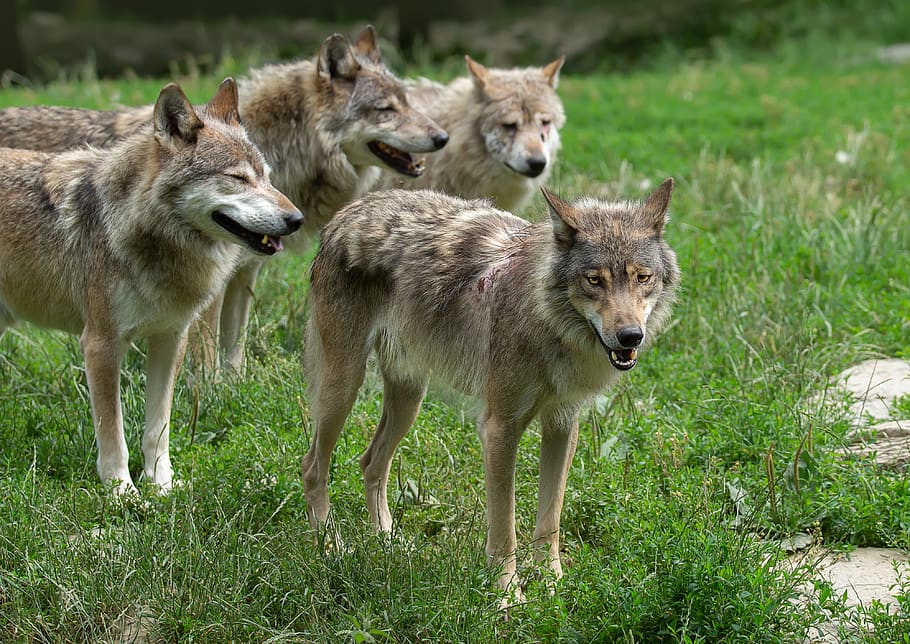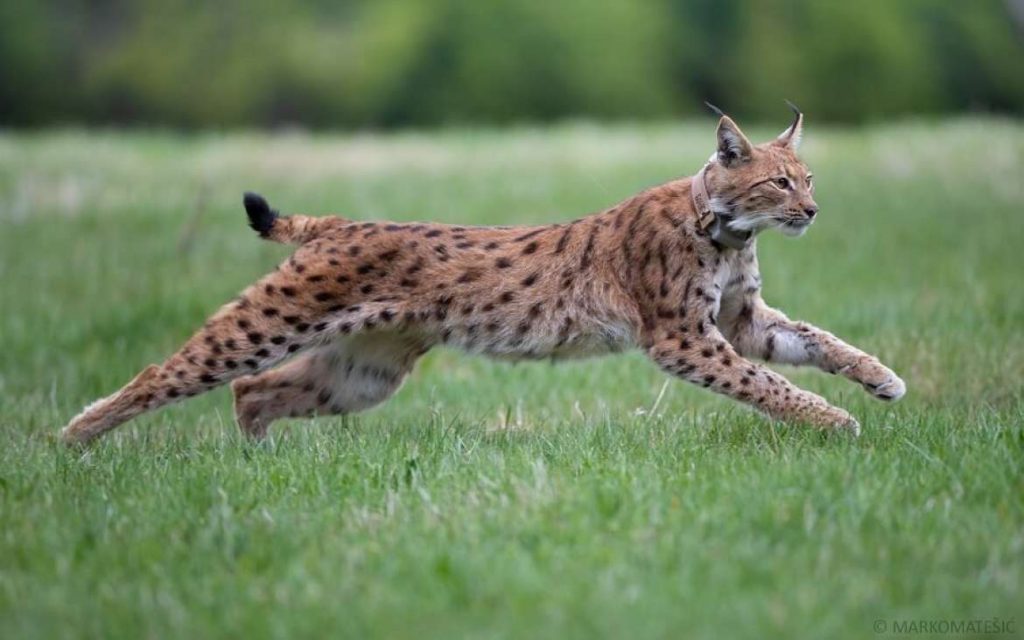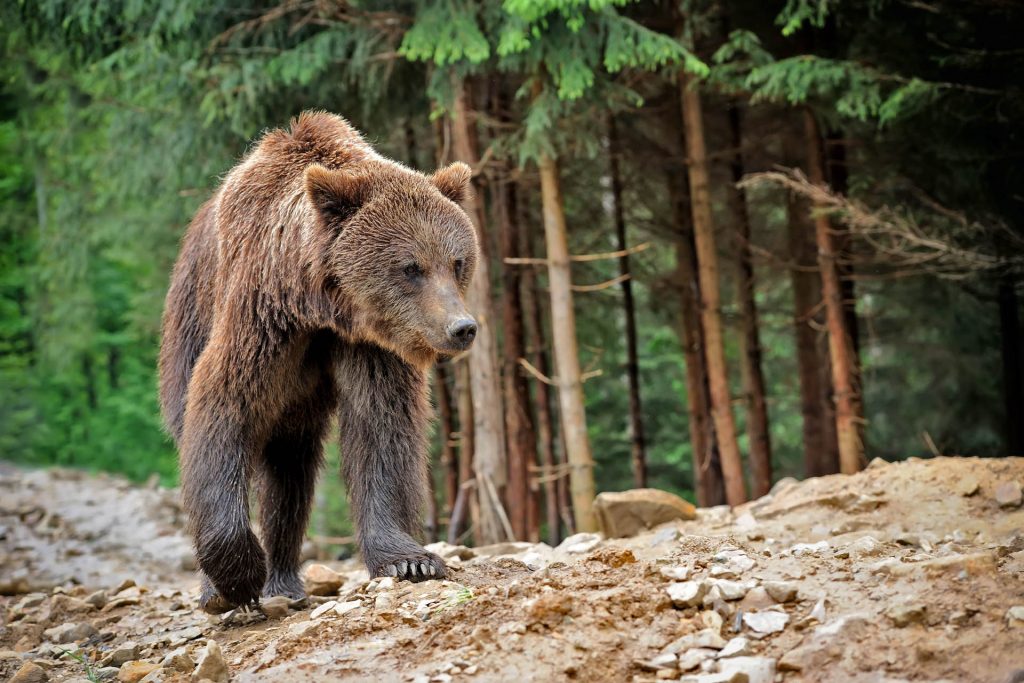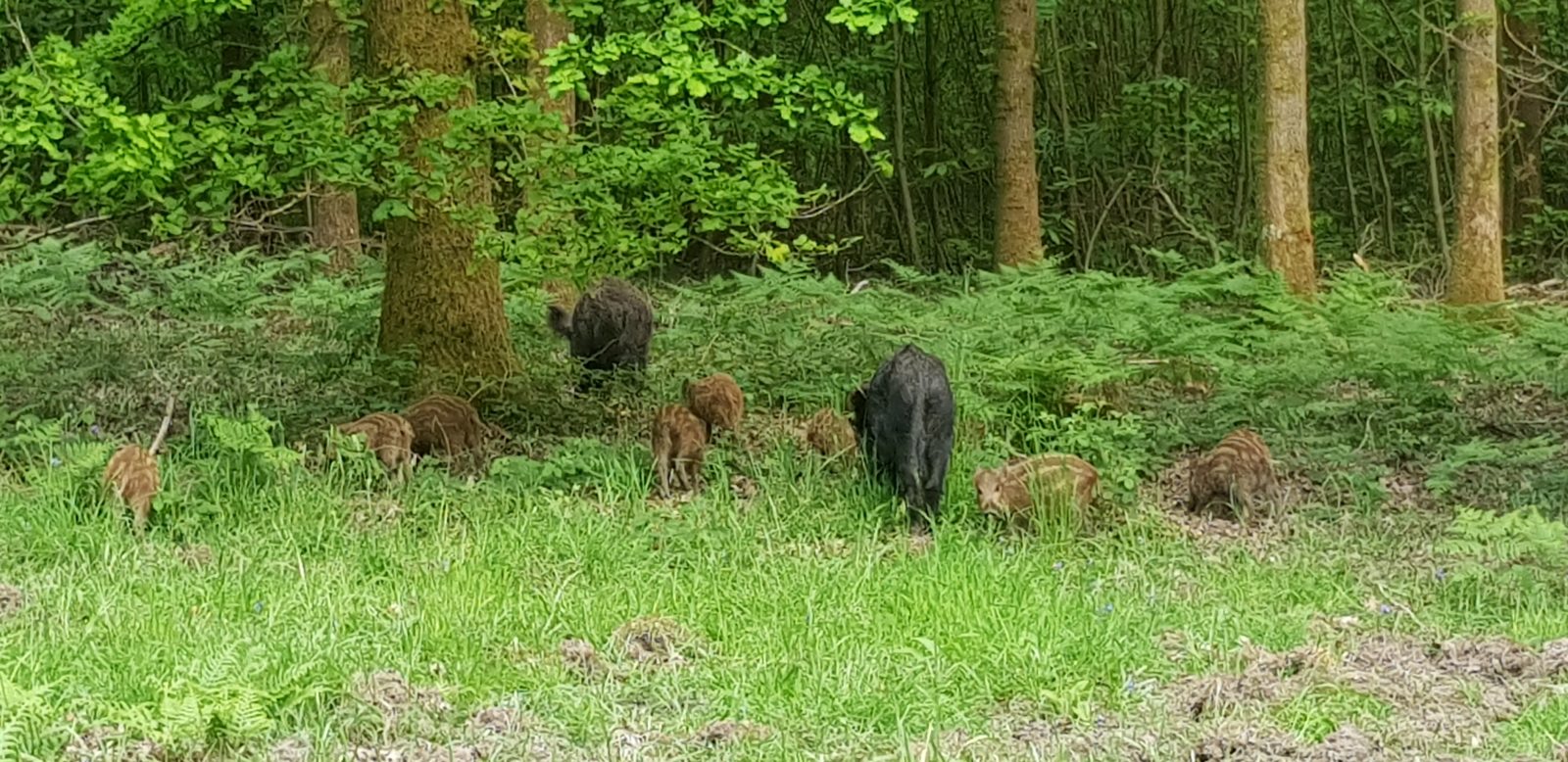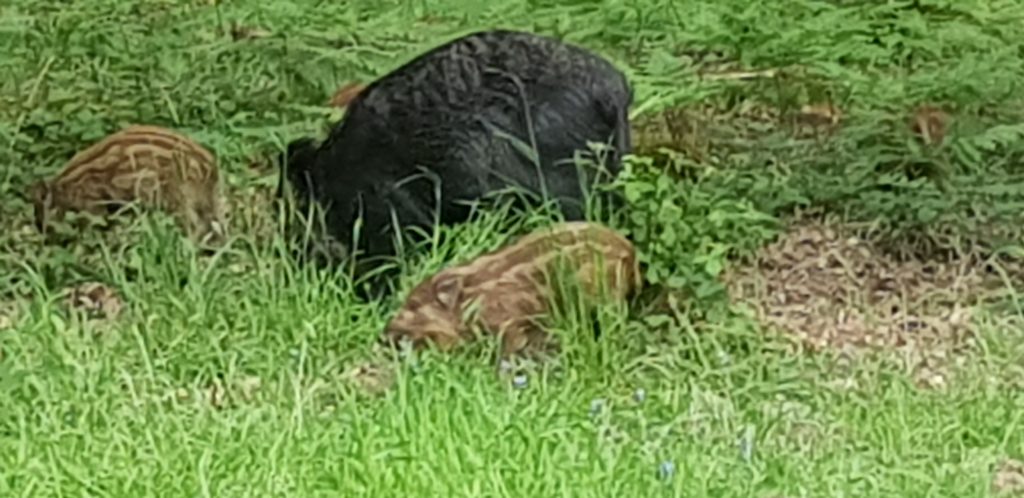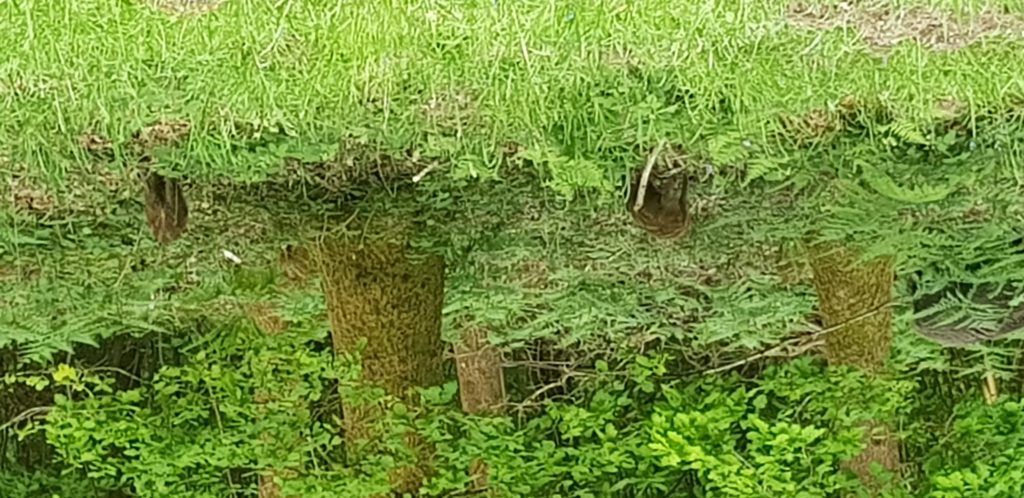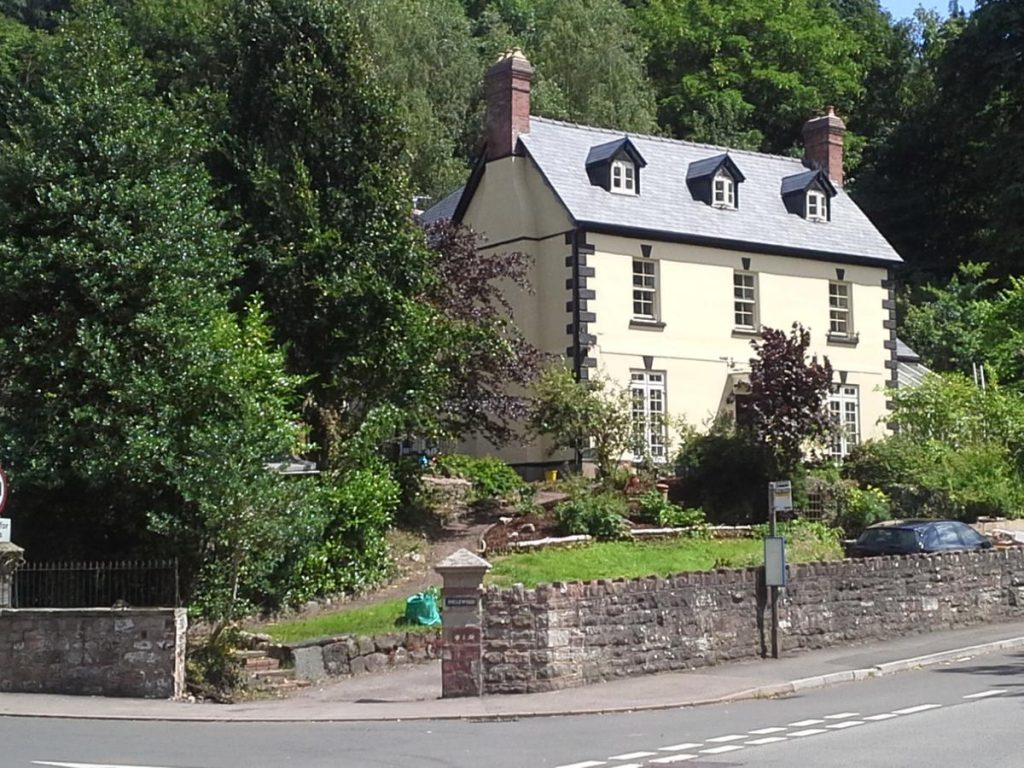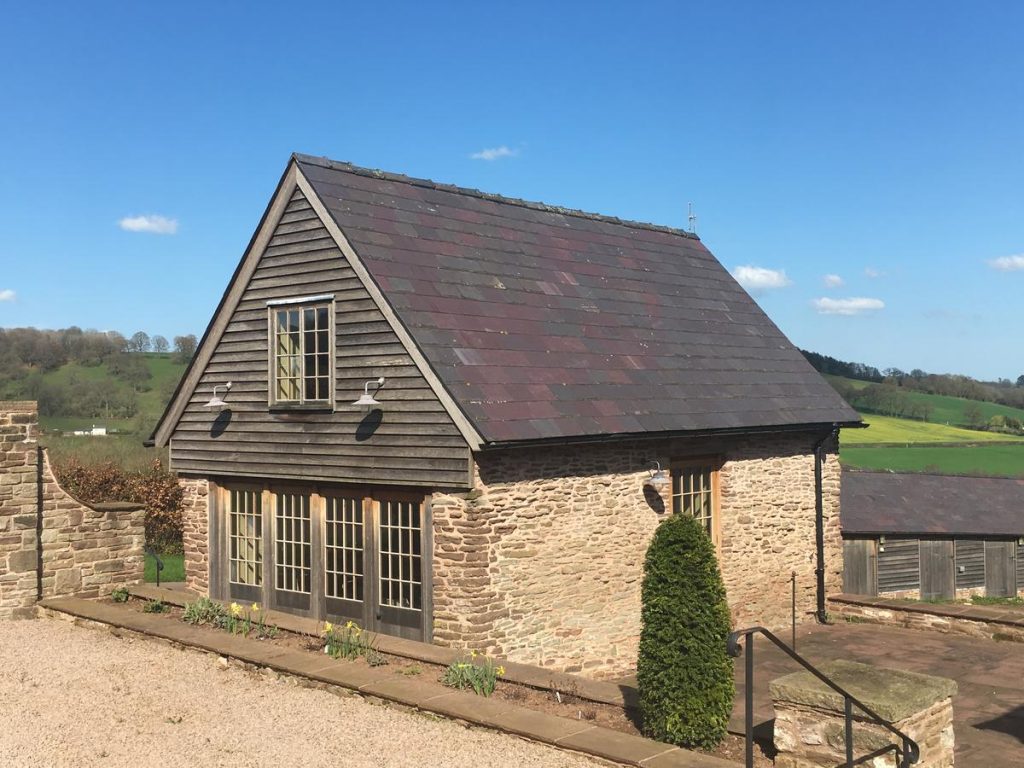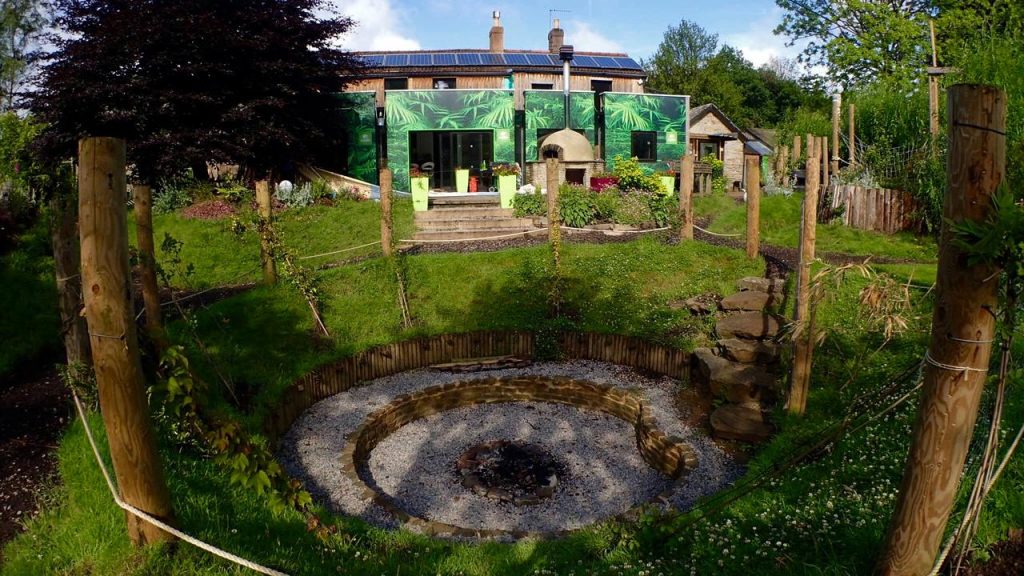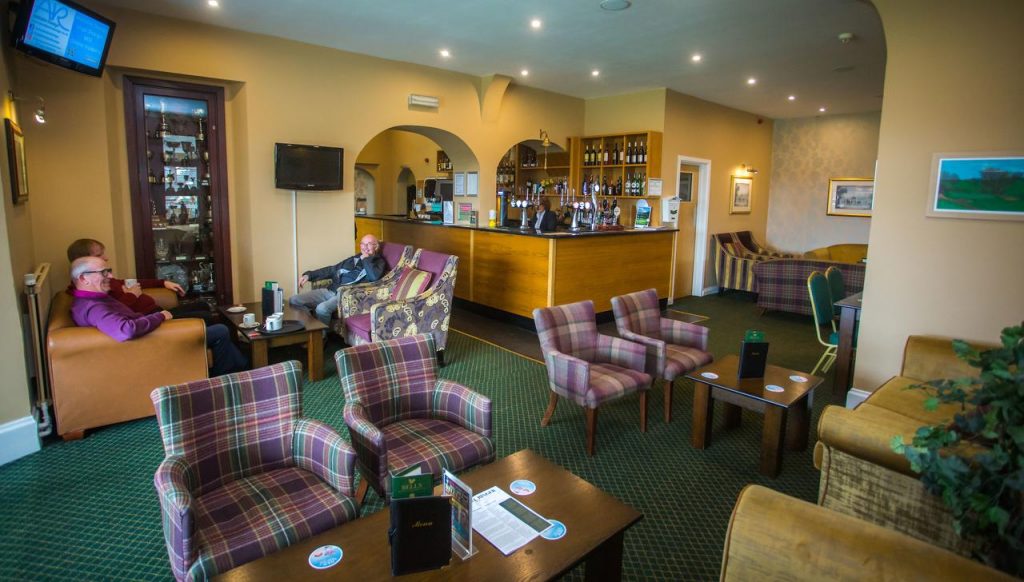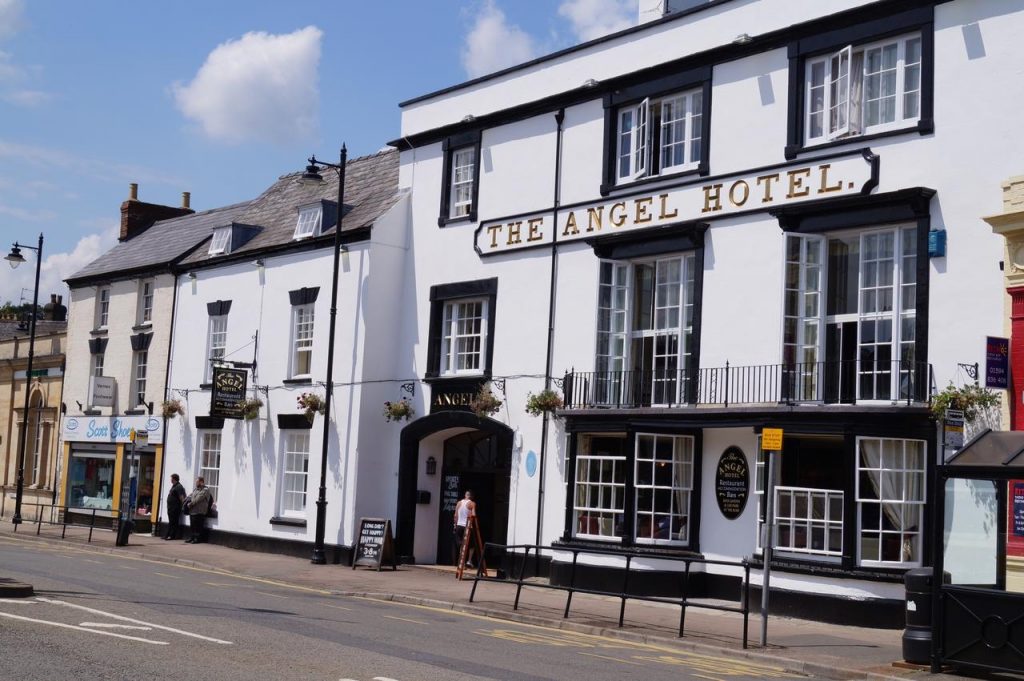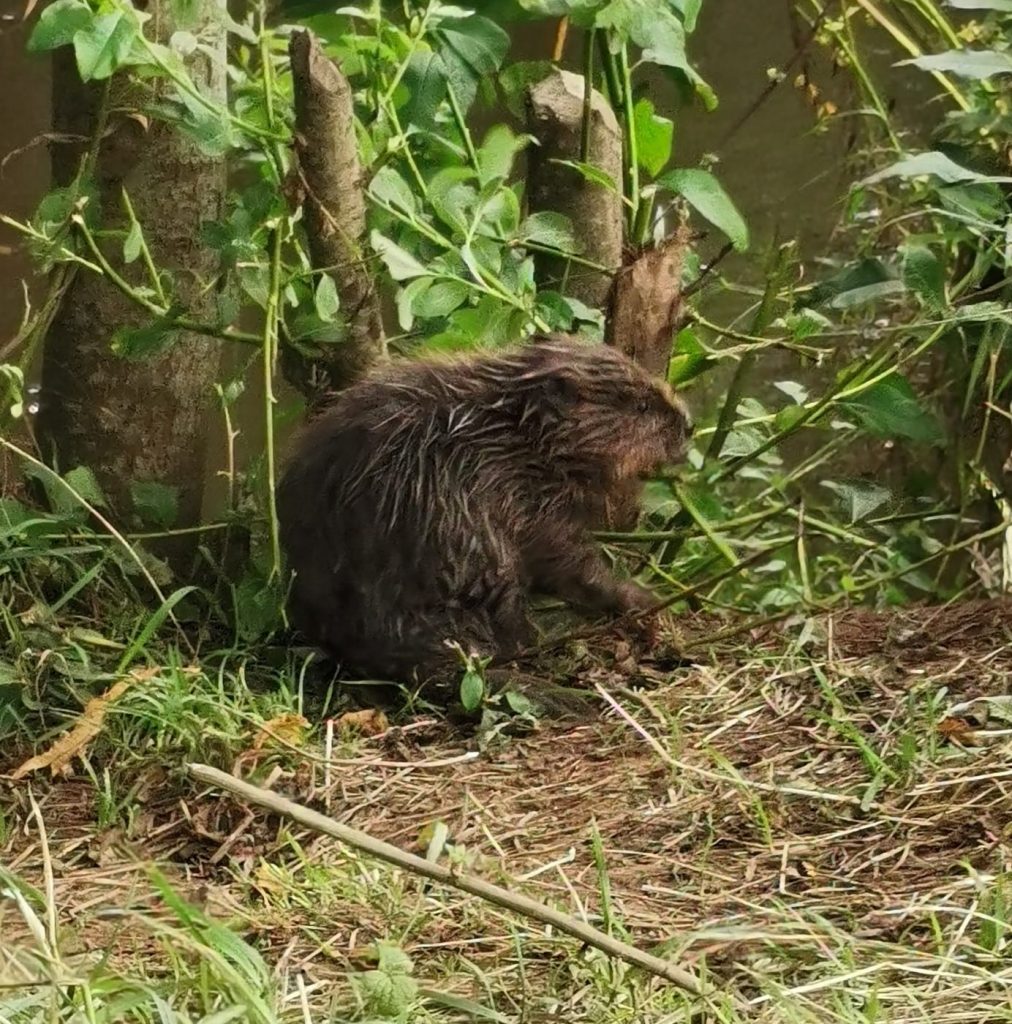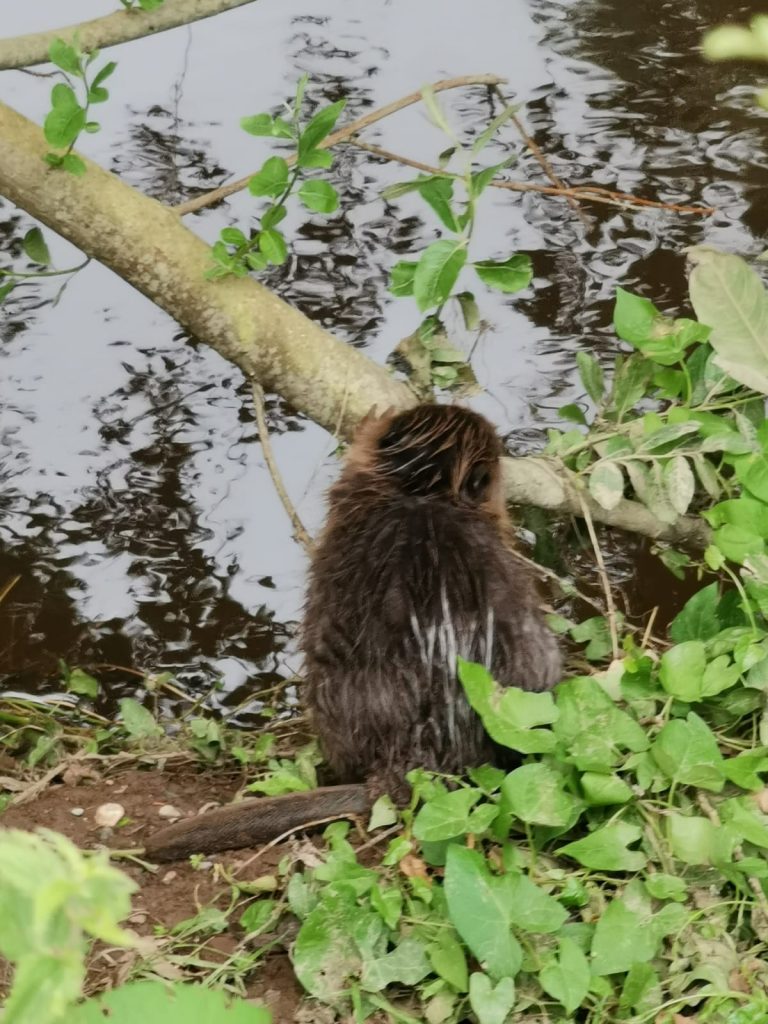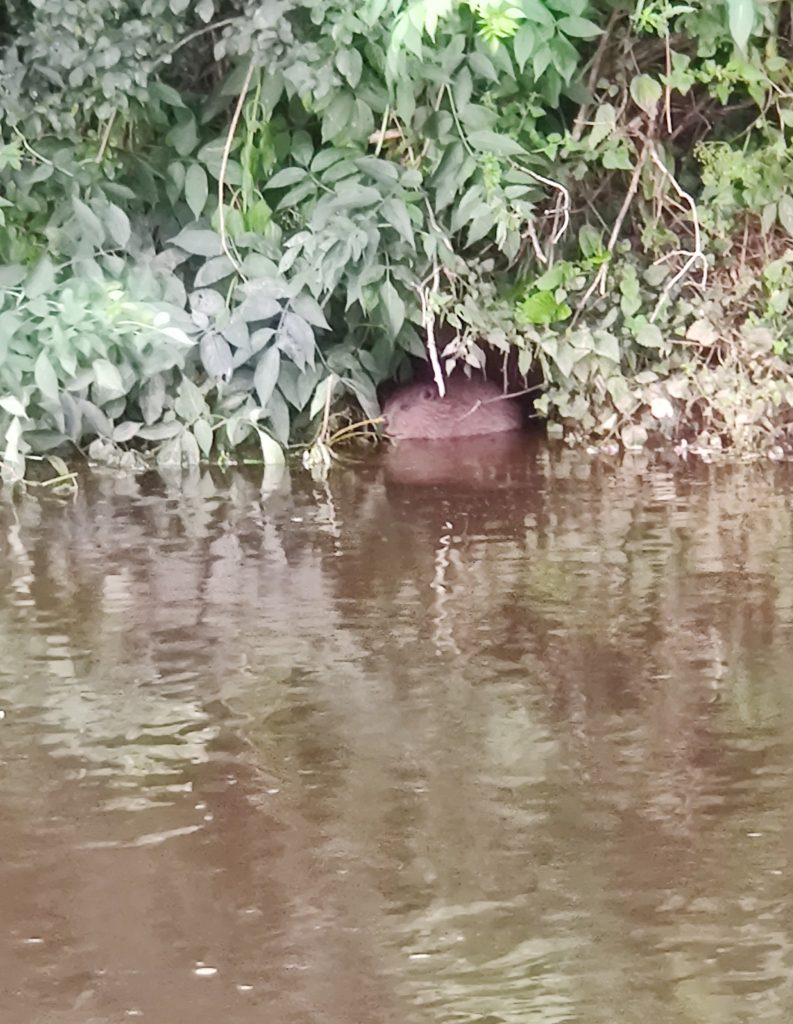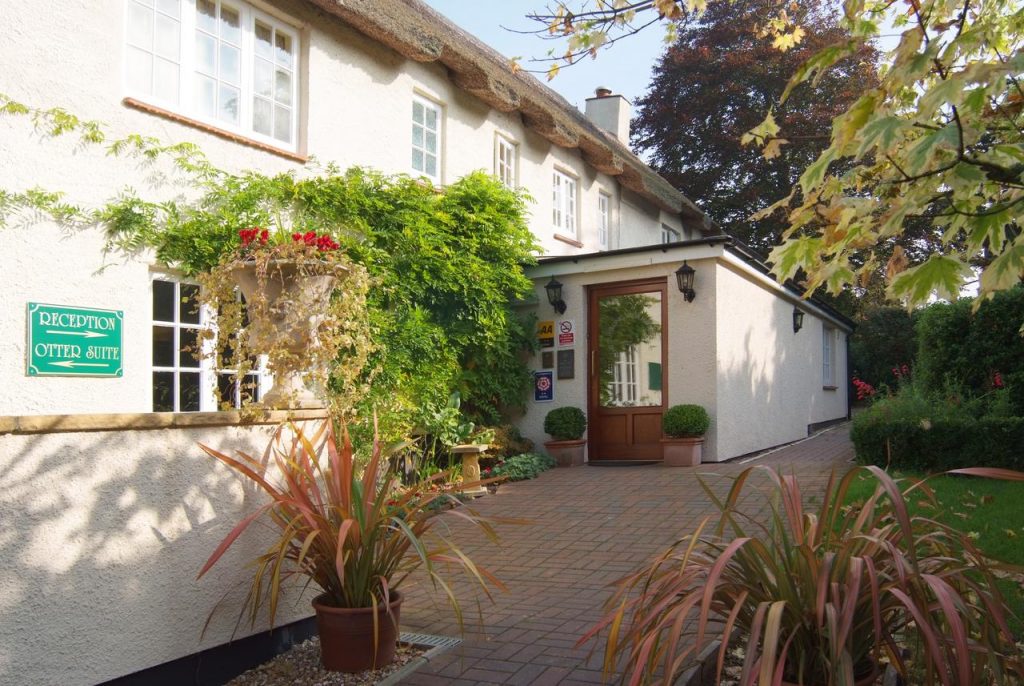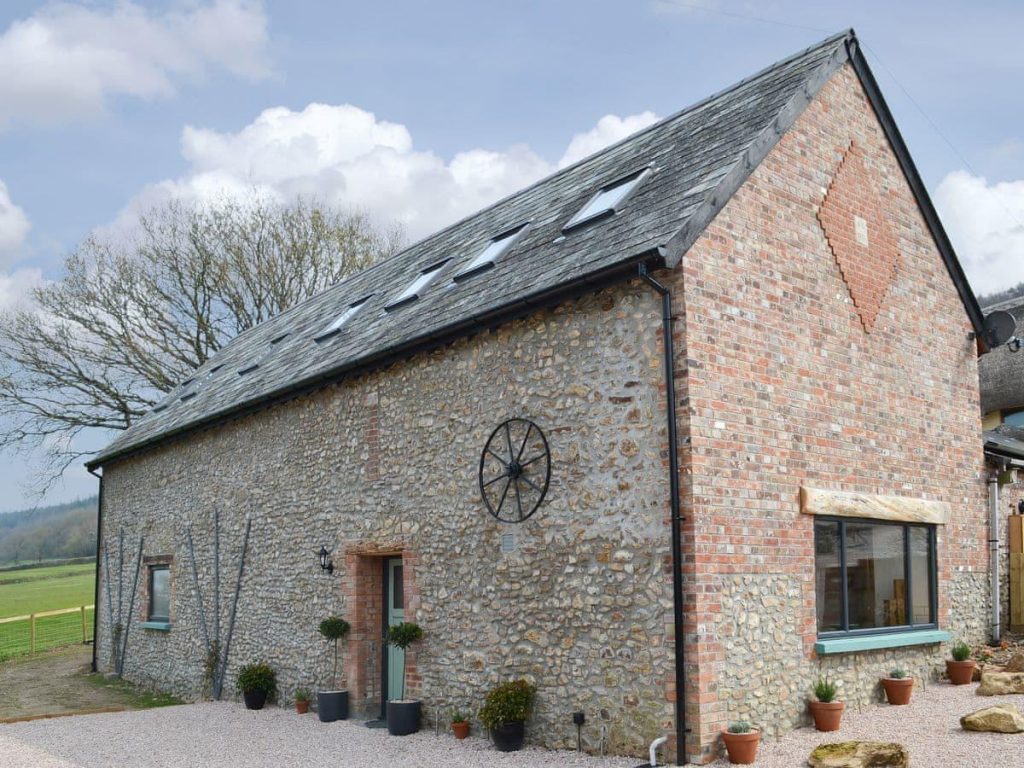At a time when many people are discussing whether we can even afford to continue to extract the fossil fuels we have already started to extract, and when the government is talking about leading the world in cutting fossil fuel use, the local Cumbrian government has given permission for the first deep coal mine in 30 years.
This decision by the Cumbrian local government has been remade on three occasions. The government of the UK in Westminster has claimed this is a local matter and that they have no right to get involved. Obviously this is patently absurd – what’s more if we are to have any chance of meeting our emission reduction promises the government must immediately abandon its foolish position, and make it clear that it is not going to happen.
Clearly despite the promises made about reducing carbon emissions, and the progress made in places such as virtually the end of coal burning for power, are not baked in successes and we must make sure to keep the pressure on the government to keep going and indeed ratchet up the speed of which we deal with a problems.


